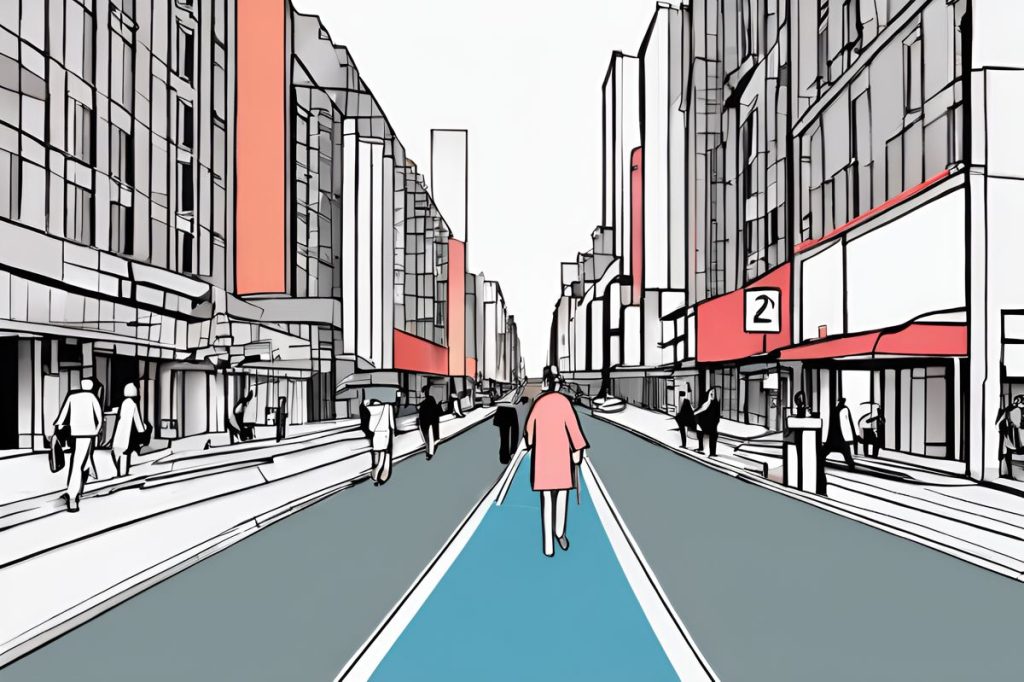Lowering urban speed limits from 50km/h to 30km/h aims to enhance safety by reducing traffic accidents and promoting sustainable mobility. This change supports pedestrian safety and alternative transport but could be seen as a hurdle for drivers, balancing safety with practicality in everyday travel.
What impact does lowering urban speed limits have on safety and drivers?
Lowering urban speed limits from 50km/h to 30km/h is aimed at enhancing safety by reducing traffic accidents and promoting sustainable mobility. This approach favors pedestrian safety and encourages alternative transport, but it can also be viewed as a deterrent for drivers, potentially impeding their travel efficiency. It’s a measure that balances the need for safety with everyday driving practicality.
A Contemplation on Mobility and Safety
The debate around urban speed limits is intensifying. A recent study from the public works department suggests that reducing speed limits in certain urban areas from 50km/h to 30km/h could save lives. This initiative, supported by law enforcement agencies, is more than a mere safety protocol—it’s a push towards sustainable mobility. But what does this shift mean for everyday drivers?
The essence of sustainable mobility lies in encouraging the use of alternative transportation methods over personal vehicles. By reducing urban speed limits, policymakers aim to make car usage less appealing—after all, driving at a snail’s pace of 30km/h could be seen as a deterrent. Yet, this could have the unintended consequence of being perceived as driver punishment rather than a constructive change. It raises the question: Are we penalizing drivers in the name of progress?
Urban Planning and Pedestrian Safety
The plan to enforce the new speed limit targets roads frequented by both dense car traffic and pedestrians, as well as accident-prone intersections. Cities like Nicosia, Larnaca, and Limassol are under consideration for these changes. However, this brings to light another critical discussion—shouldn’t pedestrian infrastructure also be a priority?
In areas like Grivas Dhigenis Avenue in Nicosia, where pedestrian lights are notably absent, the danger to pedestrians is particularly acute. The introduction of such safety measures could arguably have a more immediate impact on pedestrian well-being. It begs the question of whether the authorities are weighing costs or carbon emission statistics over direct safety solutions.
The Implementation and Potential Expansion
The 30km/h speed limit isn’t entirely new—it already exists on select urban roads and near primary schools, supplemented by speed bumps to ensure compliance. While the safety of children justifies exceptionally low limits around schools, the extension of such measures to general roads can feel like an overreach to some drivers, potentially serving as a leverage for increased traffic fines.
Critics worry that what starts as a selective policy may soon blanket all urban roads. They fear a scenario where any reduction in accidents, even marginal, could be used to justify a widespread rollout of the lower limit. The community looks to figures like the Minister of Transport, Alexis Vafeades, to apply wisdom to the situation and balance safety with practicality for drivers.
The Balance Between Safety and Usability
In essence, urban speed limit reductions serve to protect and save lives. Yet, the dialogue shouldn’t end with imposing new limits. It should extend to enhancing overall traffic infrastructure, including pedestrian crossings and smarter urban planning. Only through a holistic approach can we achieve the dual goals of safety and efficient transportation without compromising the convenience and needs of the city’s residents.
What impact does lowering urban speed limits have on safety and drivers?
Lowering urban speed limits from 50km/h to 30km/h is aimed at enhancing safety by reducing traffic accidents and promoting sustainable mobility. This approach favors pedestrian safety and encourages alternative transport, but it can also be viewed as a deterrent for drivers, potentially impeding their travel efficiency. It’s a measure that balances the need for safety with everyday driving practicality.
What is the debate surrounding urban speed limits and sustainable mobility?
The debate around urban speed limits is intensifying as policymakers aim to enhance safety and promote sustainable mobility. Lowering speed limits can deter drivers but encourage alternative transportation methods. The shift towards sustainable mobility raises questions about potential driver penalties and the balance between safety and convenience.
How does urban planning play a role in pedestrian safety in relation to speed limits?
Urban planning is crucial in determining the safety of pedestrians in areas with lowered speed limits. Implementing new speed limits in accident-prone areas and those with high pedestrian traffic can protect vulnerable road users. However, the absence of pedestrian infrastructure and safety measures in certain locations raises concerns about prioritizing safety over other factors.
What are the potential implications of implementing lower speed limits in urban areas?
The implementation of lower speed limits in urban areas aims to enhance safety and reduce accidents. While such measures already exist in select locations, critics worry about the potential expansion of these limits to all urban roads. Balancing safety with practicality for drivers is essential, and the success of these measures depends on a holistic approach that includes improving traffic infrastructure and urban planning.

